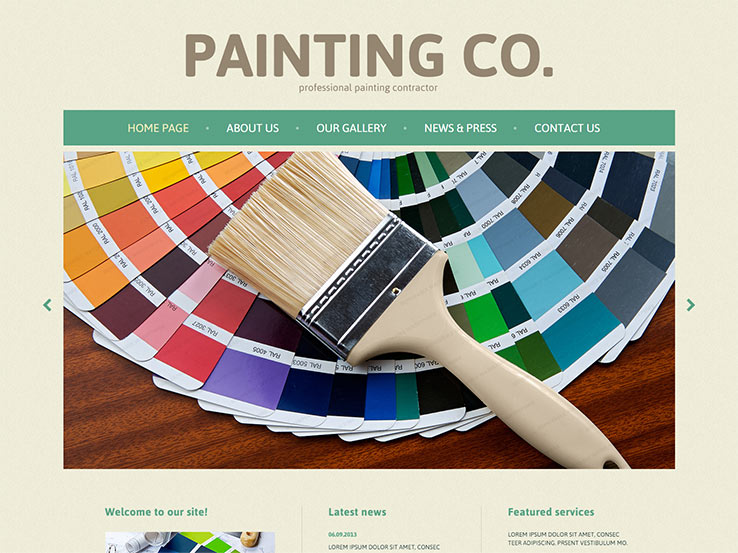Understand How Seasonal Problems Influence The Success Of Business Outside Paint And Discover The Suitable Durations To Assure Durable End Results For Your Task
Understand How Seasonal Problems Influence The Success Of Business Outside Paint And Discover The Suitable Durations To Assure Durable End Results For Your Task
Blog Article
Content By-Ford Rodriquez
When you're planning a business exterior painting task, seasonal variables can make or damage your results. You'll intend to consider exactly how temperature and humidity influence paint application and drying times. Picking the right season can guarantee your paint sticks effectively and lasts much longer. Yet which periods are absolutely the best for this sort of work? Let's explore the crucial elements that can impact your task's success.
The Effect of Temperature on Paint Application
When you're planning a business external paint job, the temperature can considerably impact exactly how well the paint sticks and dries.
Preferably, you intend to paint when temperature levels range between 50 ° F and 85 ° F. If stellat 's as well chilly, the paint may not treat appropriately, causing problems like peeling off or splitting.
On the other hand, if it's too warm, the paint can dry out as well promptly, stopping proper adhesion and resulting in an uneven coating.
You ought to additionally think about the moment of day; morning or late afternoon uses cooler temperatures, which can be a lot more favorable.
Constantly examine go to website for the details paint you're using, as they typically offer guidance on the ideal temperature level variety for optimum results.
Humidity and Its Result on Drying Times
Temperature level isn't the only environmental aspect that influences your business external paint project; humidity plays a substantial duty too. High humidity levels can slow down drying times substantially, influencing the general top quality of your paint work.
When the air is saturated with wetness, the paint takes longer to cure, which can cause issues like bad adhesion and a greater risk of mold growth. If you're painting on an especially damp day, be prepared for prolonged wait times in between layers.
how long is unused paint good for to keep an eye on neighborhood weather conditions and plan as necessary. Preferably, go for humidity degrees between 40% and 70% for optimum drying out.
Keeping these consider mind guarantees your job remains on track and supplies a lasting surface.
Best Seasons for Commercial Exterior Painting Projects
What's the very best season for your business outside paint jobs?
Springtime and early loss are usually your best options. During these seasons, temperature levels are mild, and moisture levels are frequently reduced, producing suitable conditions for paint application and drying.
Avoid summertime's intense heat, which can cause paint to completely dry as well promptly, causing inadequate adhesion and finish. Similarly, winter season's cold temperatures can hinder correct drying out and treating, risking the durability of your paint job.
Go for days with temperature levels between 50 ° F and 85 ° F for optimum results. Keep in mind to check the regional weather prediction for rain, as damp conditions can spoil your job.
Preparation around these elements ensures your paint task runs efficiently and lasts longer.
Final thought
To conclude, preparing your industrial exterior paint tasks around seasonal factors to consider can make a significant difference in the end result. By organizing job throughout the perfect temperatures and moisture levels, you'll make sure far better bond and drying out times. Keep in mind to keep an eye on regional weather prediction and choose the correct time of year-- springtime and early autumn are your best options. Taking these steps will help you achieve a resilient and specialist surface that lasts.
